How to Look After Your Fruit Trees
Learn how to get the best out of your fruit trees by following this simple 'how to' guide.
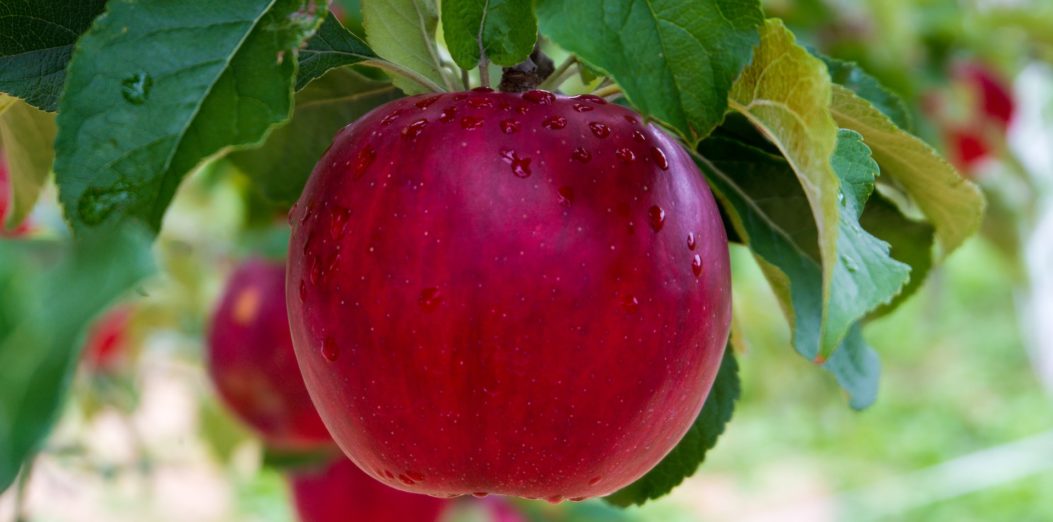
Caring for Your Fruit Trees
Planting a fruit tree can benefit your garden in so many ways, from providing ornamental value, shade, food and a home for wildlife, and of course fresh free food for you to enjoy!
If you would like your tree to be productive, you will need to carry out some maintenance tasks throughout the year to keep it growing and fruiting well.
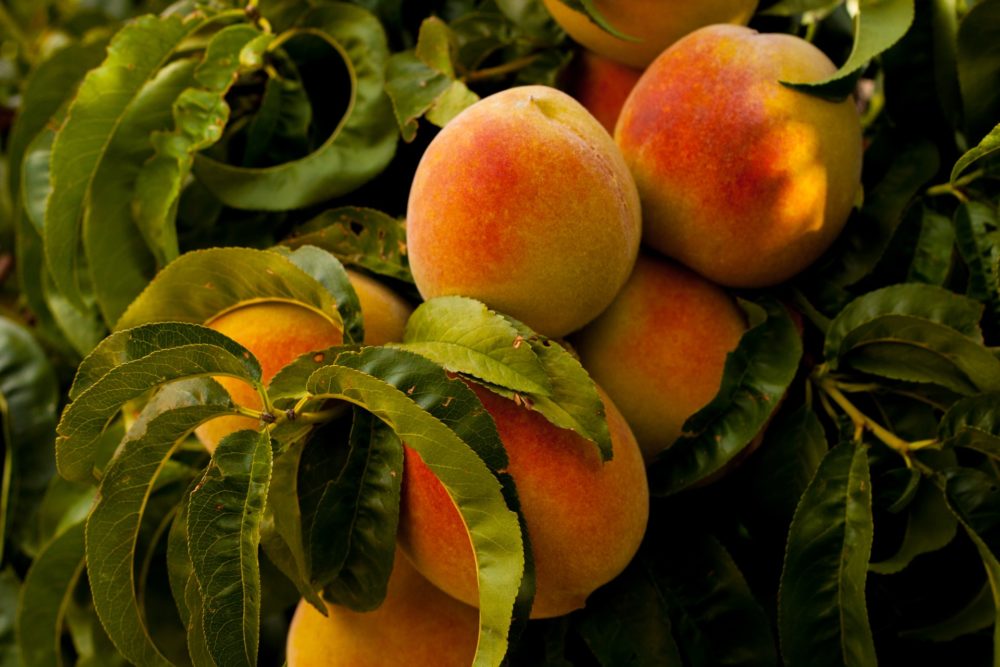
Size, Type and Position
- Before planting your tree, consider the size and type of fruit tree it is.
- If you have limited space in your garden, choose trees that have been grafted onto dwarfing or semi-dwarfing rootstocks or even consider espalier or fan trained trees to grow against a fence or wall.
- The position of your tree will influence how successfully it crops each year. Some soft fruit trees such as peaches need a sunny sheltered spot whereas most apples and pears will tolerate a little shade. Just make sure to check the variety and its preferred position when choosing your tree.
Mulching
- As a fruit tree begins active growth in spring, weeds begin to do the same. These weeds absorb moisture and nutrients from the soil which the fruit tree needs to boost its new growth of leaves.
- Clear the weeds in early spring to prevent this and afterwards lay down a thick layer of mulch to help decrease future weed growth and reduce moisture loss from the soil.
- Keep the mulch away from the trunk to prevent the tree’s bark from rotting.
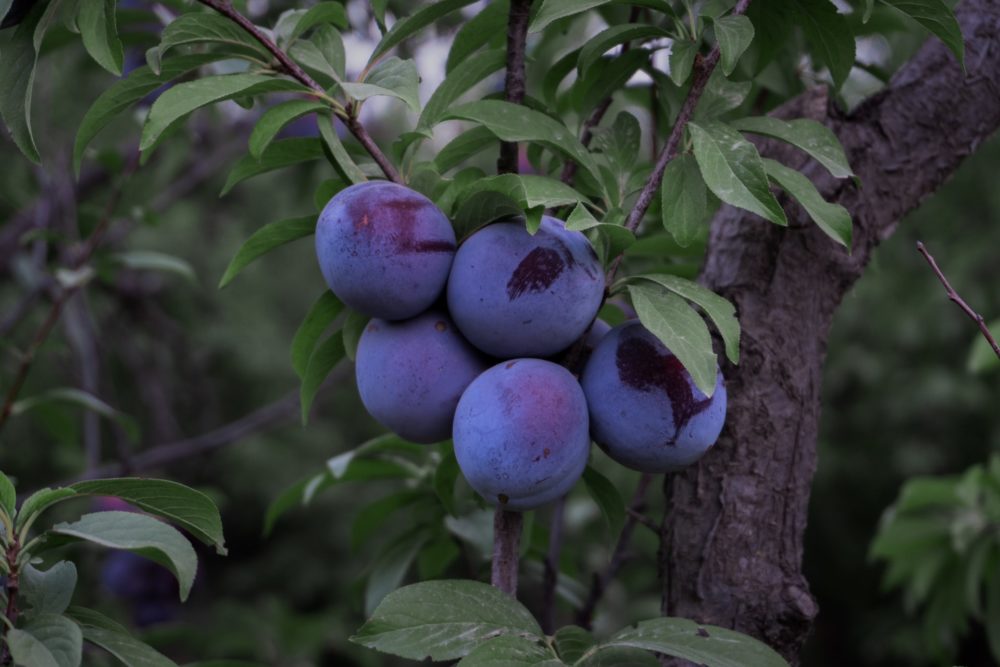
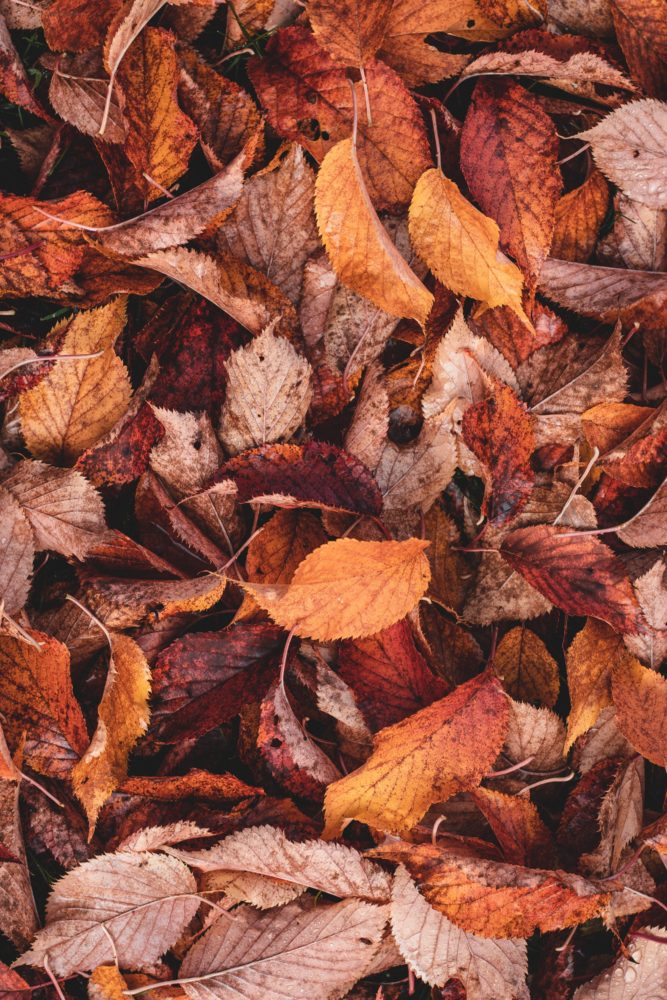
Collect Fallen Leaves
- Early spring is also a good time to get a head start on preventing pests and disease.
- Clean up fallen leaves, dead plant material, rocks, twigs, and other debris around the tree’s base to remove sources of overwintering pests and diseases and prevents new ones.
Pruning
- Prune mature fruit trees between November and March, before the tree comes out of dormancy, to remove any dead, diseased, damaged or overlapping branches.
- If your tree has not been pruned for several years, thin the centre of the tree to allow light and air flow to get through, but don’t remove too much in one year as this can encourage vigorous regrowth.
- Be sure to use sharp tools for clean cuts and disinfect your pruning shears to prevent spreading disease to your trees.
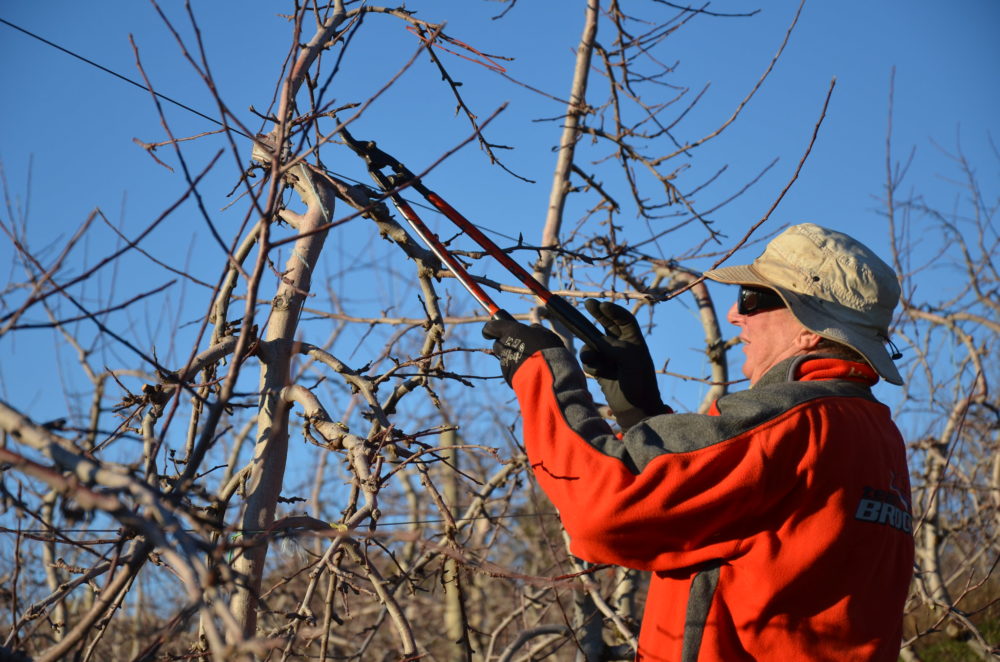
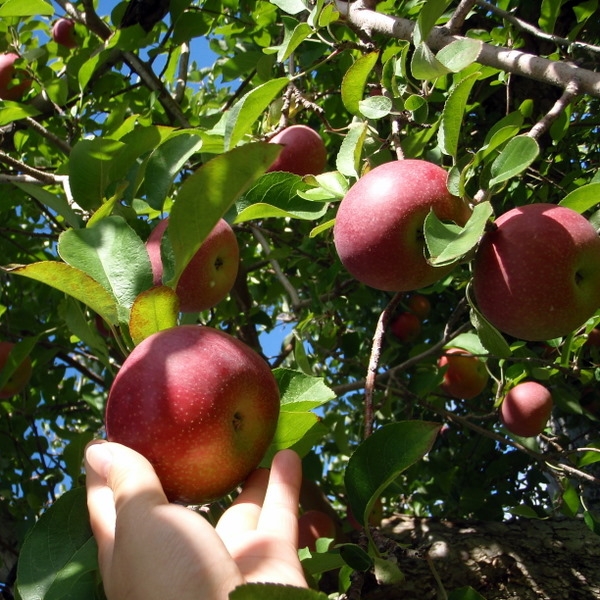
Crop Less For More
- On an established fruit tree in June, you will see a lot of small fruit fall off the tree. This is called the ‘June Drop’ and is the tree’s way of making sure it does not over-fruit.
- When this is finished, it’s best to do a bit more thinning. This can be specific for different types of fruit tree, but in general reduce what the June drop has left by a further 25-30%, leaving fruit evenly spaced along the branch with room to grow.
Water
- All fruit trees need a steady, consistent, even supply of moisture.
- Erratic watering leads to excessive fruit drop, split fruit, misshapen fruit and so on.
- This is why it is important to incorporate plenty of well-rotted organic matter in the ground when planting and then mulch well every year. This helps improve the structure of the soil making moisture more available to tree roots and acting as a reservoir in dry periods.
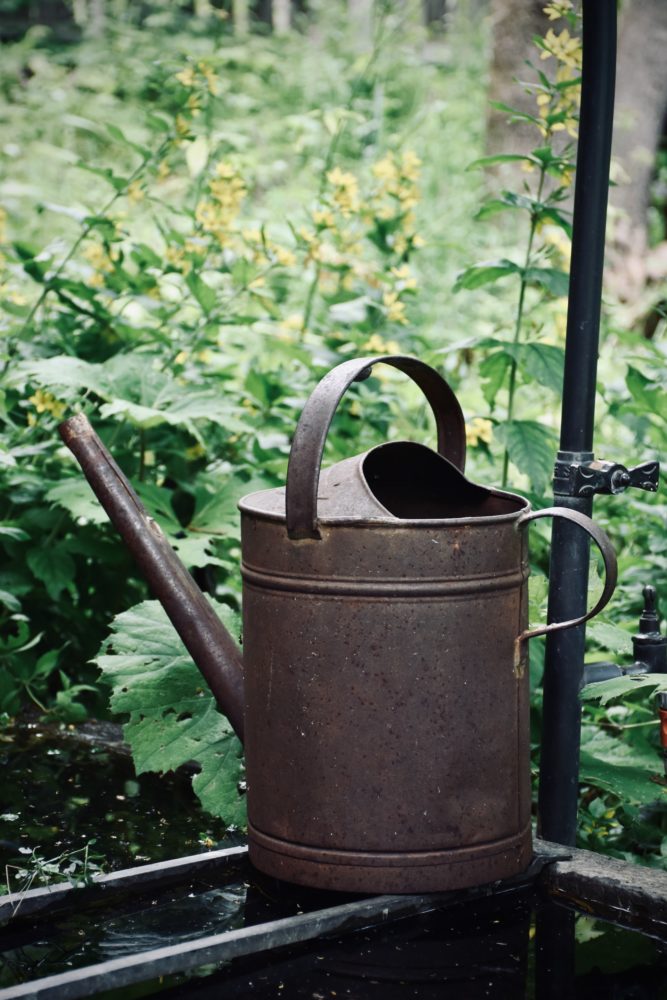
Photo Credits
“Winter pruning of apple tree in Mouats orchard with Geoff DSC_8115” by Apple and Pear Australia Ltd is licensed under CC BY 2.0.
“Apple Picking” by joyosity is licensed under CC BY 2.0.